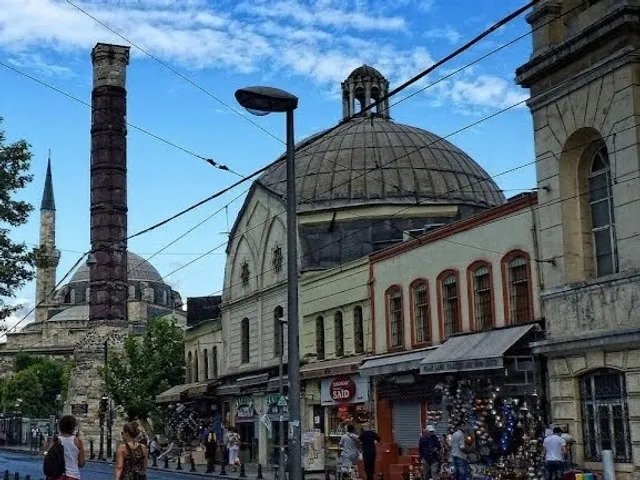Column of Constantine things to do, attractions, restaurants, events info and trip planning
Basic Info
Column of Constantine
Molla Fenari, Vezirhan Cd. No:16 D:18, 34120 Fatih/İstanbul, Türkiye
4.6(4K)
Open 24 hours
Save
spot
spot
Ratings & Description
Info
The Column of Constantine is a monumental column built for Roman emperor Constantine the Great to commemorate the dedication of Constantinople on 11 May 330 AD. Built c. 328 AD, it is the oldest Constantinian monument to survive in Istanbul and stood in the centre of the Forum of Constantine.
Cultural
Outdoor
Accessibility
attractions: Çemberlitaş Hamamı, Cistern of Theodosius, Grand Bazaar, Nuruosmaniye Mosque, Tomb of Mahmut II. 30th Sultan, Gazi Atik Ali Pasha Mosque, Çorlulu Ali Pasha Mosque, Sultanahmet Square, Forum of Constantine, Basilica Cistern, restaurants: Bombay Masala Indian Restaurant(Sultanahmet), Marvani Kebab & Fish Traditional Restaurant, Loti Roof Lounge, Loti Restaurant, Ortaklar Kebap Restaurant, Hidden Garden Restaurant Sultanahmet, Dehliz Restaurant, Hanzade Terrace Restaurant, T-Cafe & Restaurant, Hafız Mustafa 1864 Beyazıt
 Learn more insights from Wanderboat AI.
Learn more insights from Wanderboat AI.Website
teknomers.com
Plan your stay

Pet-friendly Hotels in Fatih
Find a cozy hotel nearby and make it a full experience.

Affordable Hotels in Fatih
Find a cozy hotel nearby and make it a full experience.

The Coolest Hotels You Haven't Heard Of (Yet)
Find a cozy hotel nearby and make it a full experience.

Trending Stays Worth the Hype in Fatih
Find a cozy hotel nearby and make it a full experience.
Reviews
Nearby attractions of Column of Constantine
Çemberlitaş Hamamı
Cistern of Theodosius
Grand Bazaar
Nuruosmaniye Mosque
Tomb of Mahmut II. 30th Sultan
Gazi Atik Ali Pasha Mosque
Çorlulu Ali Pasha Mosque
Sultanahmet Square
Forum of Constantine
Basilica Cistern
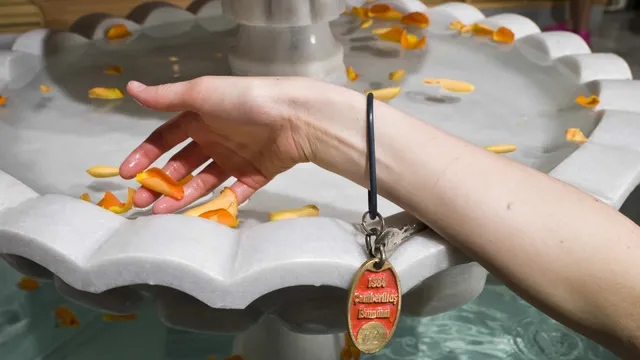
Çemberlitaş Hamamı
4.0
(1.7K)
Open until 10:30 PM
Click for details
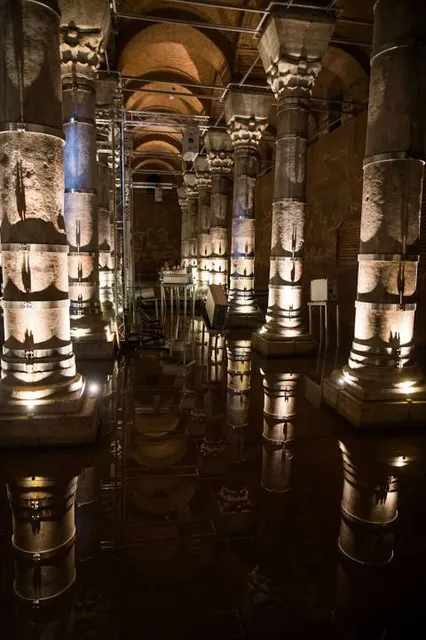
Cistern of Theodosius
4.5
(4.2K)
Open 24 hours
Click for details
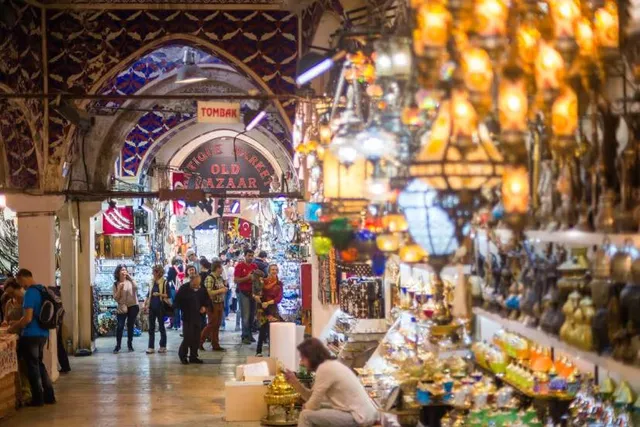
Grand Bazaar
4.4
(56.1K)
Open 24 hours
Click for details
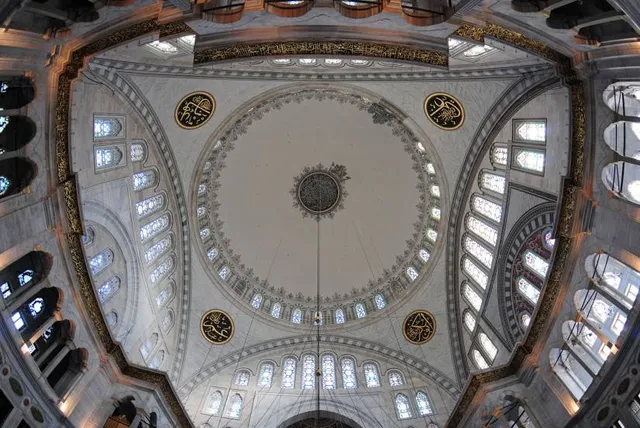
Nuruosmaniye Mosque
4.8
(4.3K)
Open 24 hours
Click for details
Things to do nearby
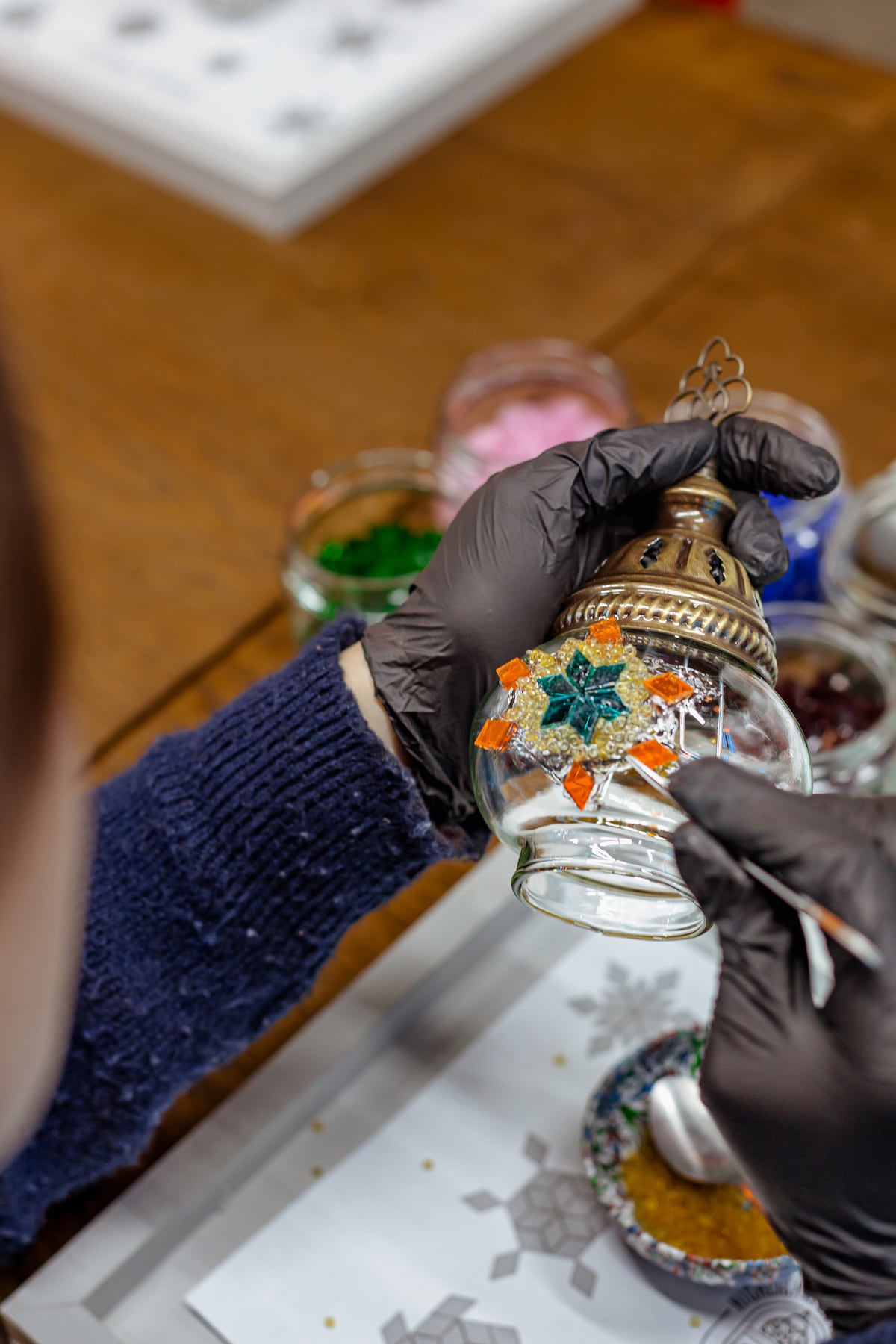
Mosaic Lamp Workshop in a Stylish Galata Atelier
Sun, Dec 21 • 8:00 PM
34425, Beyoğlu, İstanbul, Turkey
View details

Aerial Yoga With a Certified Instructor
Mon, Dec 22 • 7:00 AM
34427, Beyoğlu, İstanbul, Turkey
View details
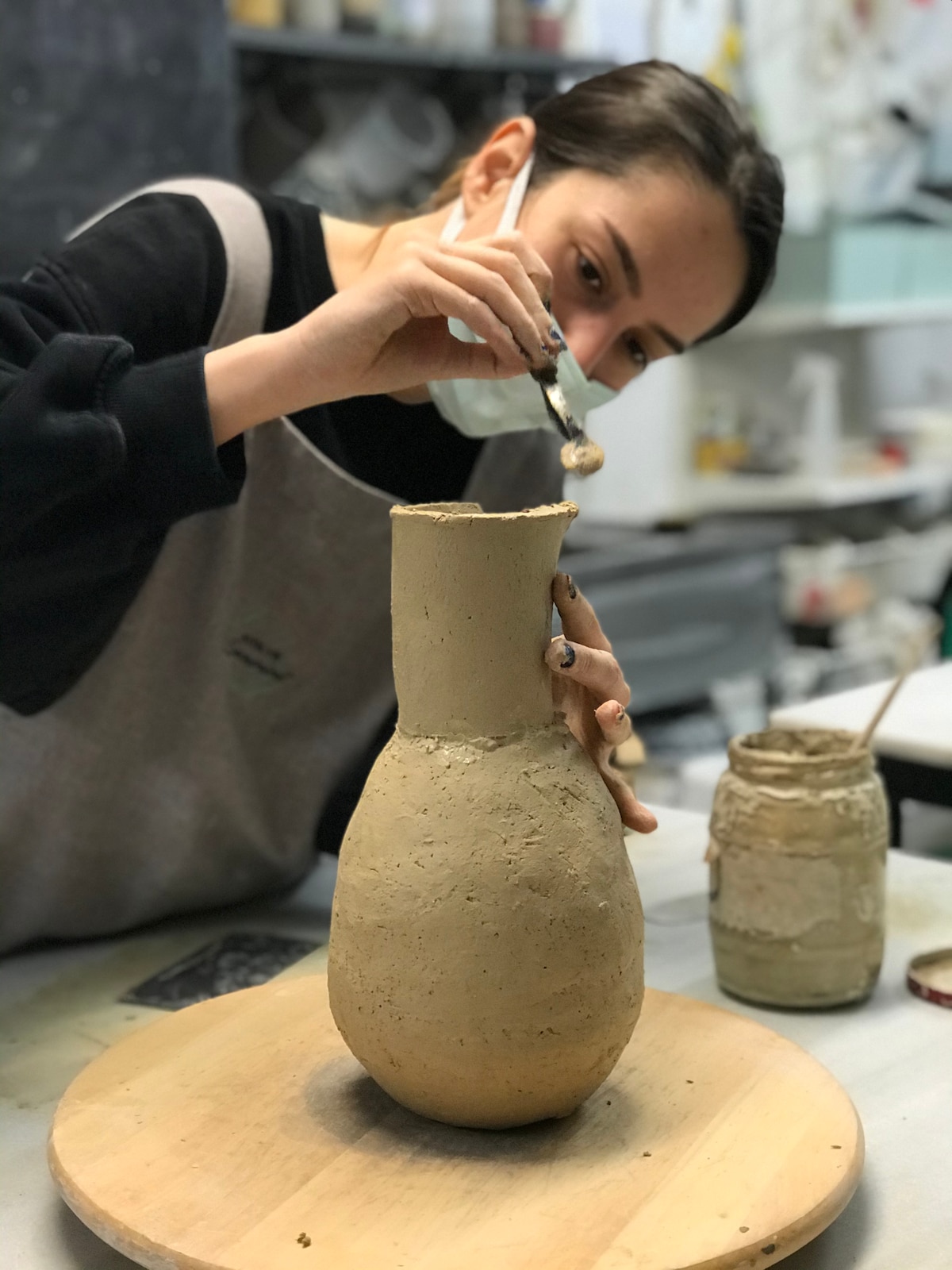
Mold and finish artistic ceramics in a cozy studio
Mon, Dec 22 • 1:00 PM
34371, Şişli, İstanbul, Turkey
View details
Nearby restaurants of Column of Constantine
Bombay Masala Indian Restaurant(Sultanahmet)
Marvani Kebab & Fish Traditional Restaurant
Loti Roof Lounge
Loti Restaurant
Ortaklar Kebap Restaurant
Hidden Garden Restaurant Sultanahmet
Dehliz Restaurant
Hanzade Terrace Restaurant
T-Cafe & Restaurant
Hafız Mustafa 1864 Beyazıt

Bombay Masala Indian Restaurant(Sultanahmet)
4.3
(2.2K)
$$
Click for details
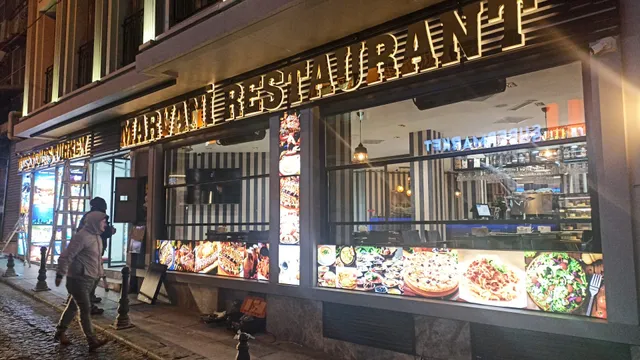
Marvani Kebab & Fish Traditional Restaurant
4.9
(2.5K)
Click for details
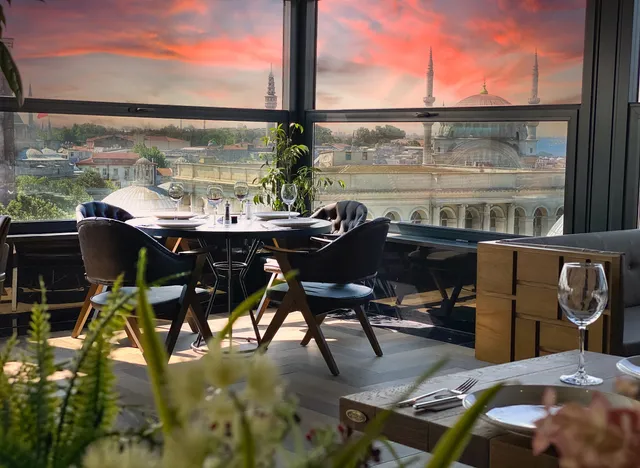
Loti Roof Lounge
4.8
(2.6K)
Click for details
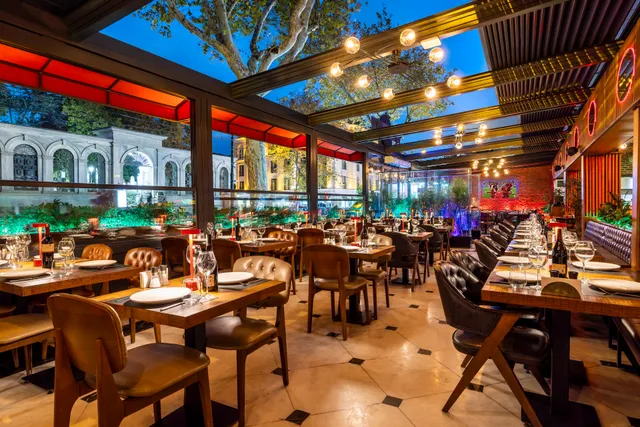
Loti Restaurant
4.8
(2.7K)
Click for details
